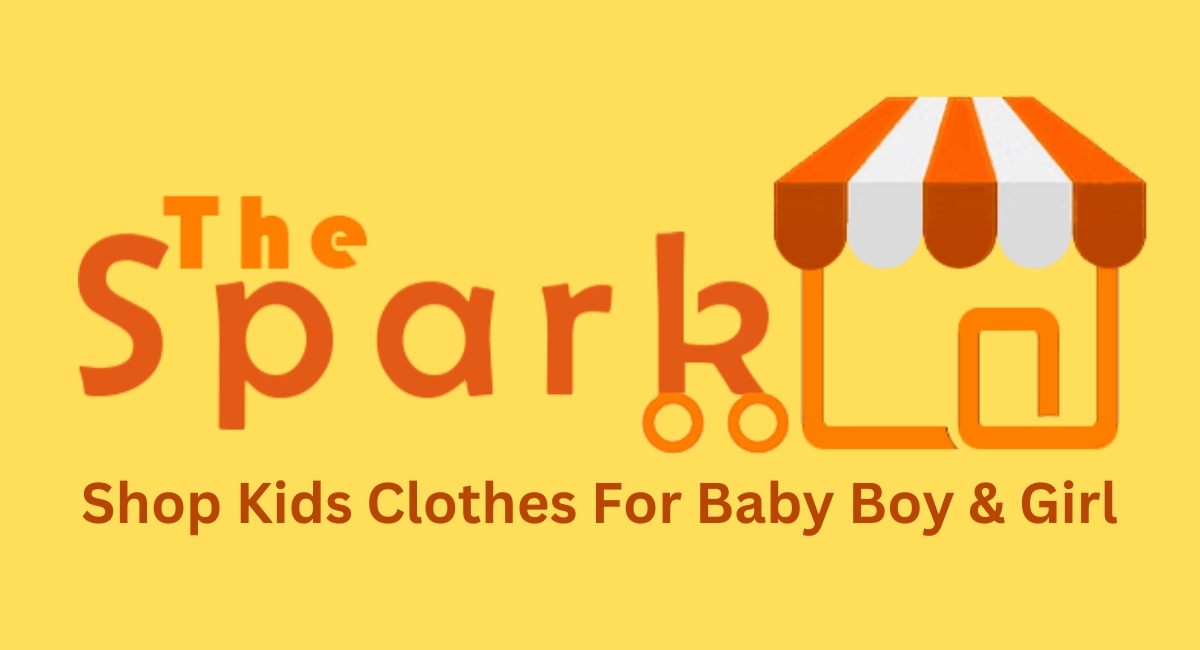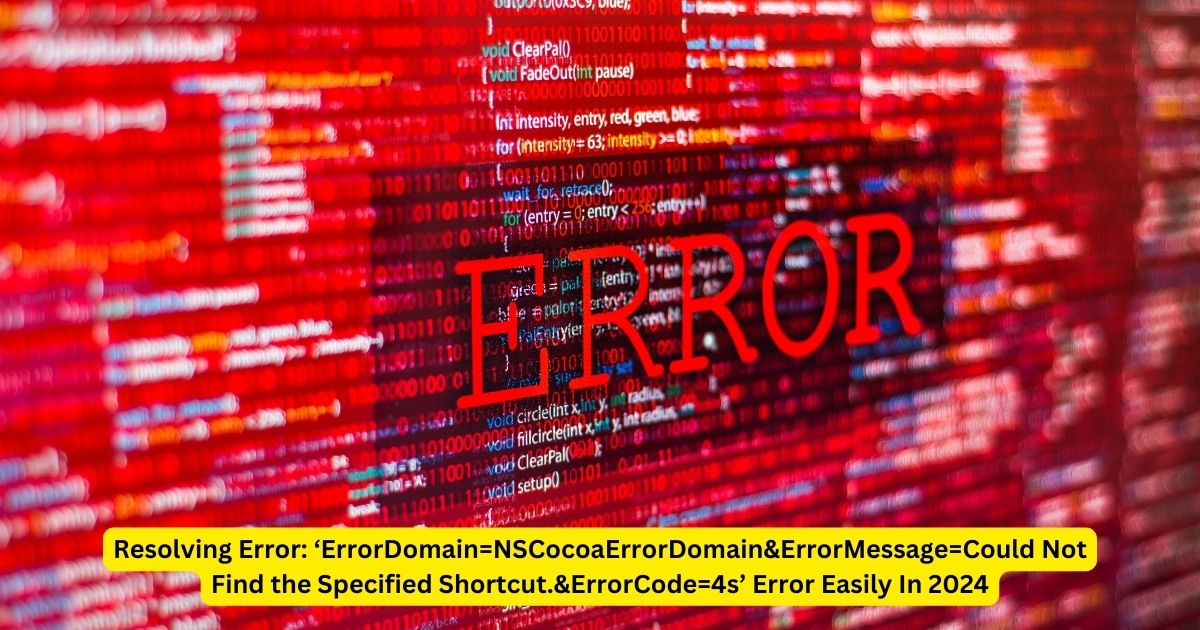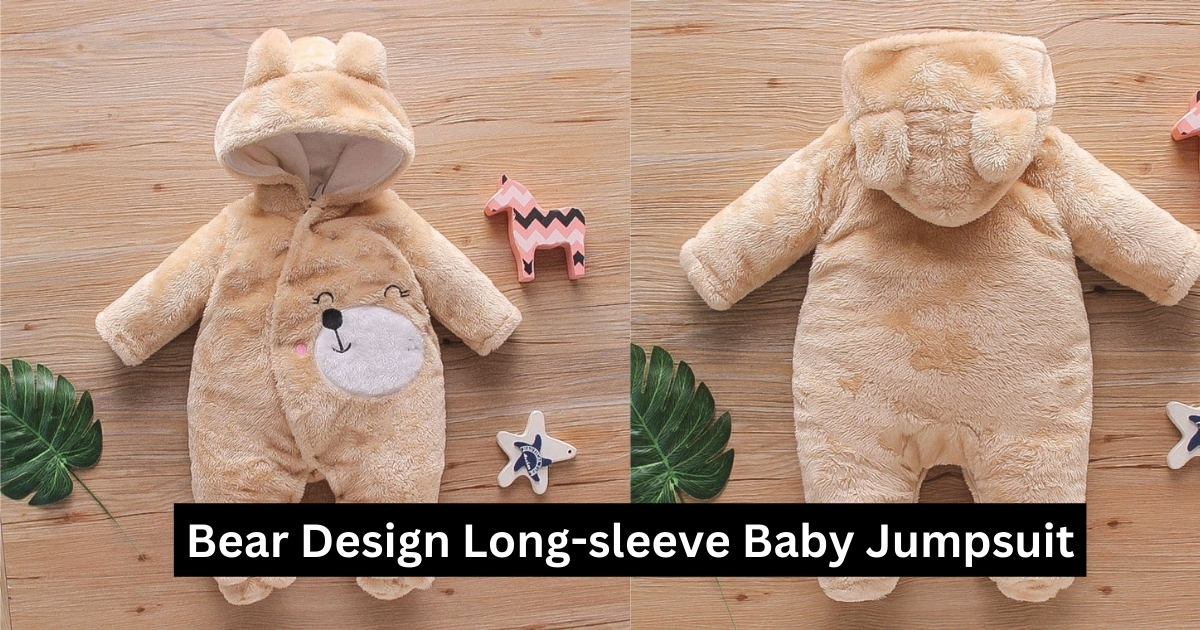Embarking to become a fashion designer is a thrilling and creative pursuit. If you have a passion for style, trends, and expressing yourself through clothing, pursuing a career in fashion design might be the perfect fit for you. This comprehensive guide will explore how to educate yourself to become a successful fashion designer.
Table of Contents
ToggleUnderstanding the Basics of Fashion Design
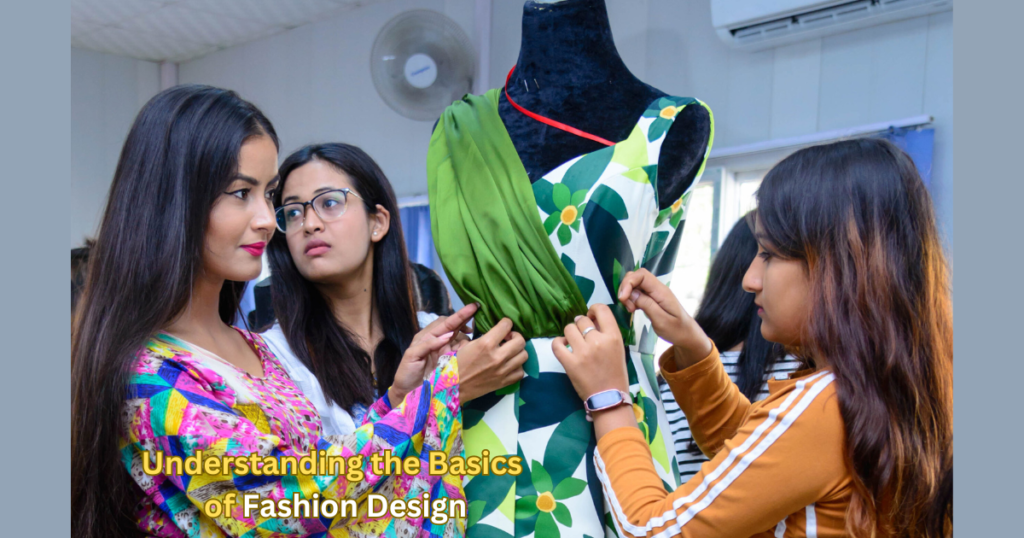
What is Fashion Design?
Before delving into the educational aspects, let’s clarify what fashion design entails. Fashion design is not just about sketching pretty dresses; it’s a dynamic field that combines art, technology, and business. A fashion designer conceives and creates clothing, accessories, and footwear, keeping aesthetics, functionality, and market trends in mind.
Step 1: Cultivate Your Passion
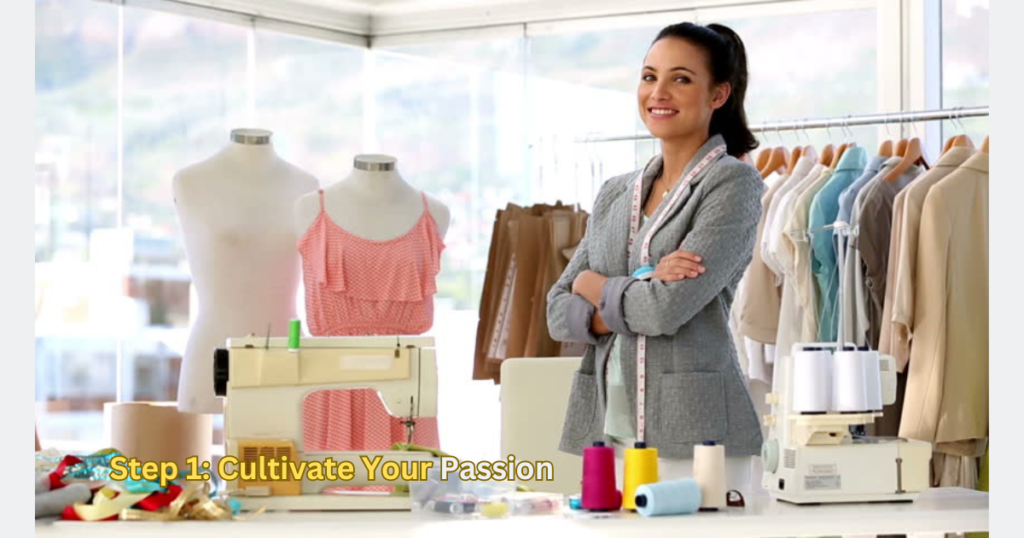
Embracing Your Creative Side
The first step in becoming a fashion designer is recognizing and cultivating your passion for fashion. Whether it’s flipping through fashion magazines, experimenting with personal style, or sketching design ideas, pay attention to what excites you the most. This passion will serve as the fuel for your creative journey.
Anecdote: I remember my teenage years when I would spend hours altering my clothes and creating unique pieces. Little did I know that those moments of self-expression would shape my future as a fashion designer.
Step 2: Build a Strong Educational Foundation
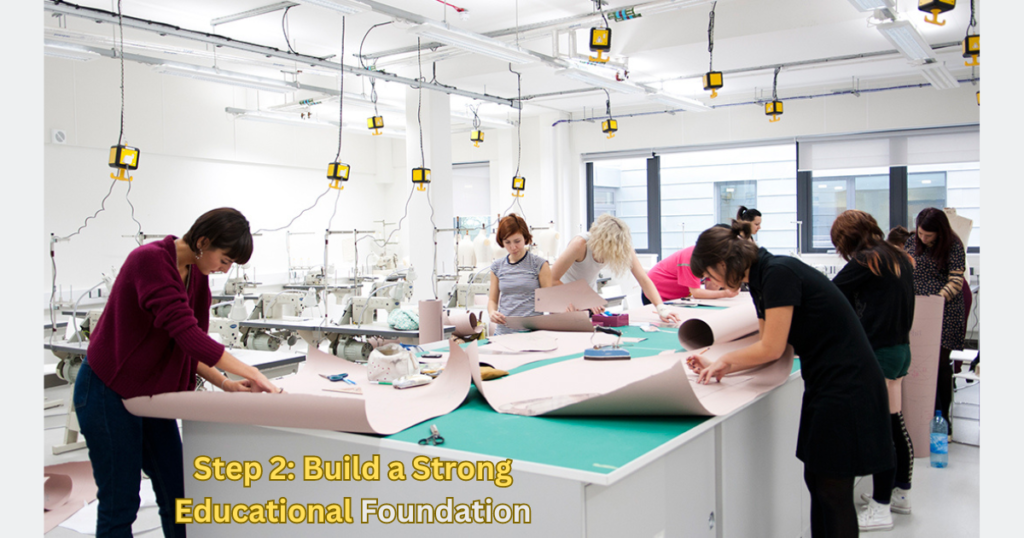
High School Education and Beyond
While a formal education is not mandatory to become a fashion designer, acquiring a solid foundation can significantly boost your skills and credibility. High school art and design classes provide an excellent starting point. Consider taking drawing, painting, and textiles courses to hone your artistic skills.
After high school, you have various educational paths to choose from:
- Fashion Design Schools: Enroll in a reputable fashion design school where you can earn a degree in fashion design. Institutions like the Parsons School of Design and Fashion Institute of Technology (FIT) are renowned for their programs.
- College Degrees: Pursue a bachelor’s degree in fashion design or a related field. This can provide you with a comprehensive understanding of the industry, including the business and marketing aspects.
Anecdote: My decision to attend a fashion design school was a turning point. The guidance from experienced faculty and exposure to the industry helped me refine my skills and vision.
Step 3: Develop Technical Skills
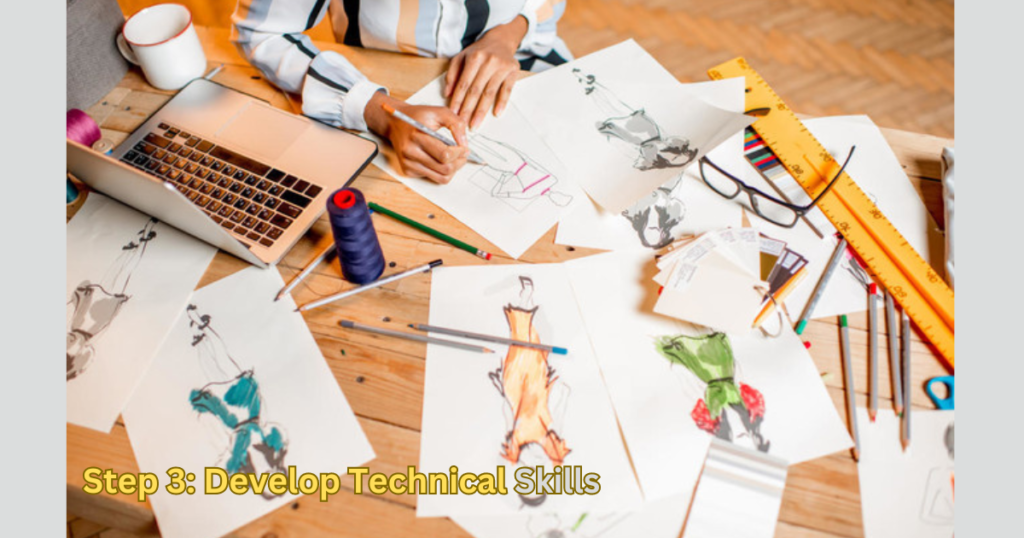
skills: Mastering the Tools of the Trade
Becoming a proficient fashion designer involves mastering various technical skills. Here are some key areas to focus on:
- Sketching and Illustration: Enhance your ability to translate ideas onto paper through detailed sketches. Utilise tools like Adobe Illustrator for digital illustration.
- Pattern Making: Understand the intricacies of pattern making, which is crucial for turning design concepts into wearable garments.
- Sewing and Garment Construction: Learn the art of sewing and garment construction. Familiarise yourself with different fabrics and sewing techniques.
Anecdote: My early attempts at sewing were comical, but through practice and perseverance, I became proficient. It’s incredible how each stitch contributes to bringing a design to life.
Step 4: Stay Updated on Fashion Trends
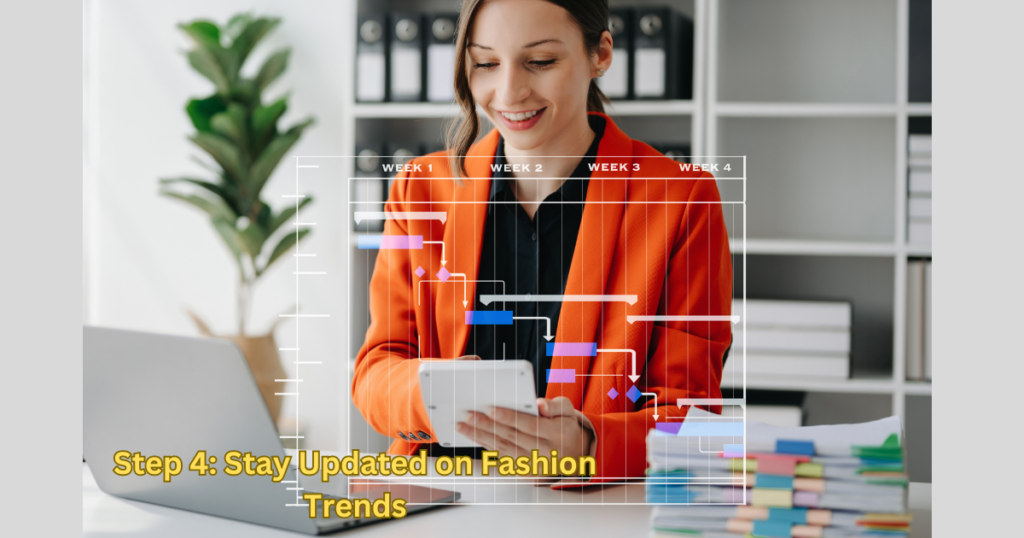
Embracing the Ever-changing Landscape
Fashion is a constantly evolving industry, with trends that come and go. As a fashion designer, staying updated on the latest trends and cultural shifts is essential. Follow fashion blogs, attend fashion shows, and immerse yourself in the fashion world.
- Fashion Magazines: Subscribe to popular fashion magazines like Vogue and Elle to stay informed about current styles and emerging designers.
- Fashion Weeks: Attend fashion weeks or follow them online to witness the trends firsthand and understand the pulse of the industry.
Anecdote: Attending my first fashion week was like stepping into a vibrant, ever-changing canvas. It inspired me to infuse freshness into my designs and stay ahead of the curve.
Step 5: Gain Practical Experience

Internships and Work Opportunities
While theoretical knowledge is crucial, practical experience is equally vital. Look for internship opportunities with established fashion houses or designers. This hands-on experience will provide insights into the day-to-day workings of the industry and help you build a network.
- Fashion Internships: Seek at renowned fashion houses or design studios. Websites like FashionJobs can help you find relevant opportunities.
- Networking: Attend fashion events and connect with professionals in the industry. Networking opens doors to potential mentors and collaborators
Step 6: Develop Your Unique Style
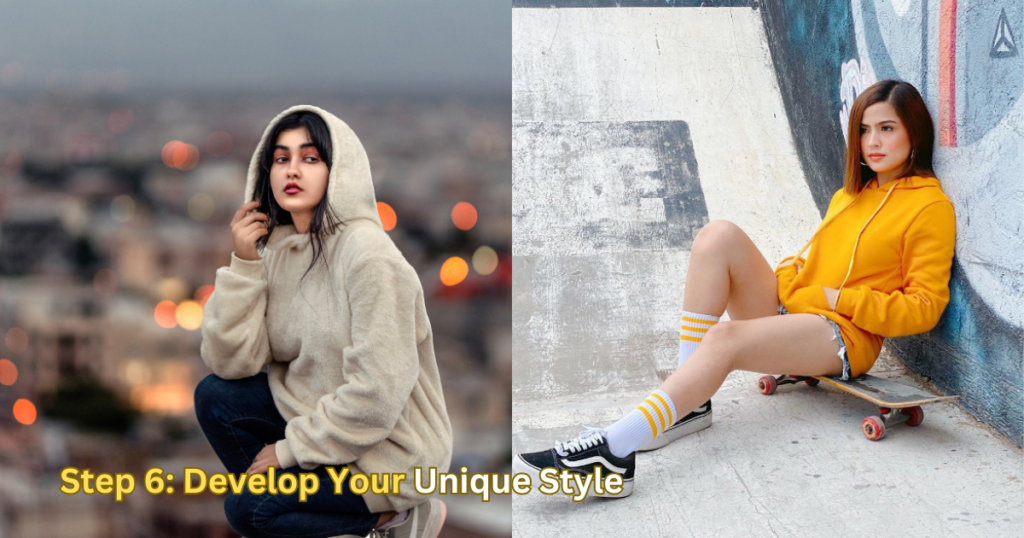
Finding Your Design Voice
As you progress in your journey, developing a unique design style that sets you apart is essential. Experiment with different aesthetics, draw inspiration from diverse sources, and let your personality shine through your creations.
- Create a Portfolio: Build a portfolio showcasing your best work. This will be a visual resume when applying for jobs or presenting your designs to potential clients.
- Experimentation: Feel free to experiment with unconventional ideas. Sometimes, the most groundbreaking designs emerge from pushing boundaries.
Anecdote: Discovering my design voice took time. I found a style that resonated with me through experimentation and pushing my creative limits.
Step 7: Embrace Entrepreneurship
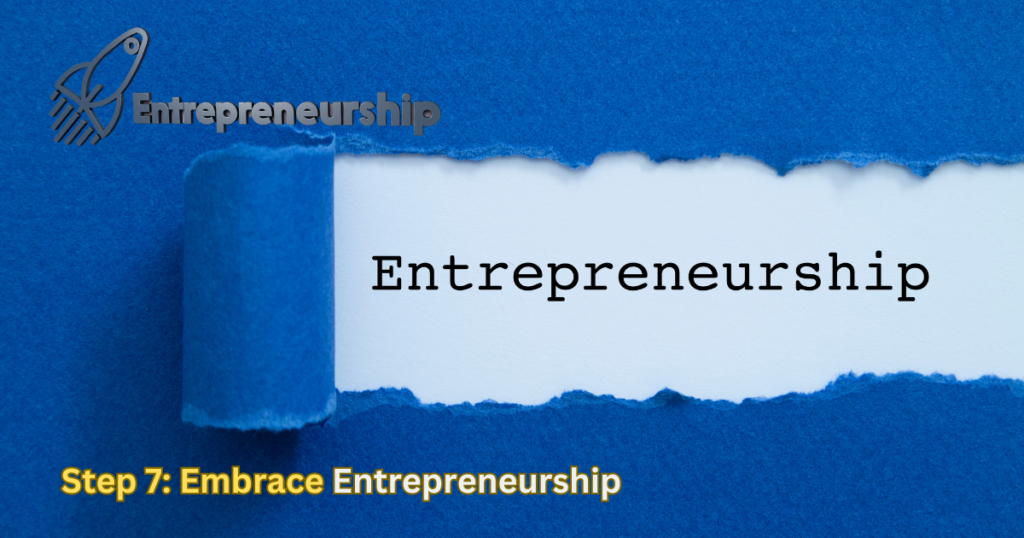
Launching Your Brand
While many fashion designers work for established brands, some aspire to launch their fashion labels. If entrepreneurship is on your radar, consider the following steps:
- Business Basics: Acquire basic business knowledge, including marketing, budgeting, and brand management. Courses or workshops in fashion entrepreneurship can be valuable.
- Create a Business Plan: Outline your brand’s vision, target audience, and marketing strategy. A well-thought-out business plan is crucial for securing funding and navigating the competitive landscape.
Anecdote: The decision to launch my brand was both exhilarating and nerve-wracking. It required a blend of creativity and business acumen, but the journey has been enriching.
Conclusion:
Becoming a fashion designer is a journey that blends ingenuity, education, and real-world experience. From discovering your passion to mastering technical skills and embracing entrepreneurship, each step contributes to your growth in this dynamic field. Remember, there is no one-size-fits-all approach, and your unique journey will shape your identity as a designer.
As you embark on this exciting path, continuously seek inspiration, stay resilient in the face of challenges, and never underestimate the power of your creative voice. The world of fashion design is waiting for your unique perspective—so go ahead and make your mark!
Happy designing!




